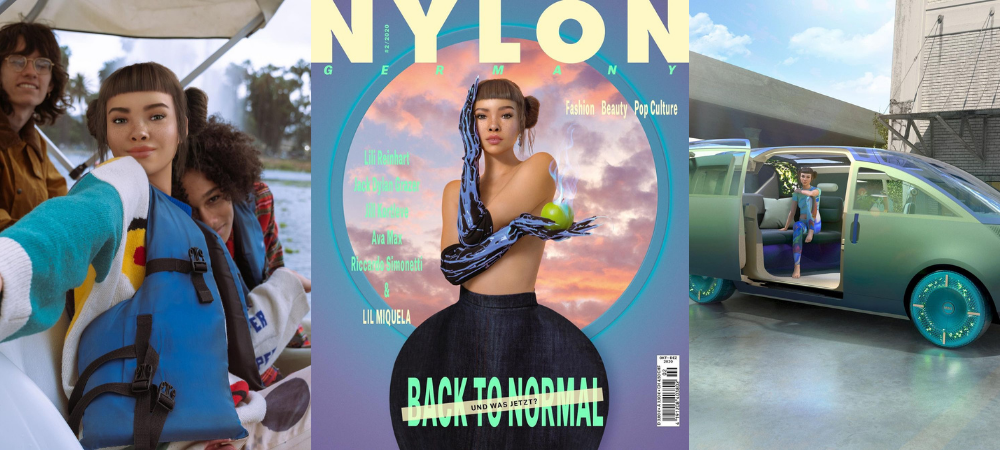
Have you come across any virtual influencers recently? We’re not talking the trendy young people selling the lifestyle dream on social media, but actual virtual influencers.
Lil Miquela has over 2.5 million Instagram followers and has collaborated with brands such as Prada and Samsung. She’s also 100% computer generated.
Experts are predicting that as CGI technologies become cheaper and brands increasingly turn towards influencer marketing we could see a rise in the ubiquity of the virtual influencer.
In some ways these computer generated personas are somewhat of a no-brainer for big brands. Collaborations with “human” influencers can prove to be risky. Who knows what skeletons they have in their closets, political views they may embrace or nights out they could be caught unawares on. With a virtual influencer there are no off-days or accidental faux pas. They’re available any time of day and can be transported to any place.
These AI-generated influencers can also be developed and designed to perfectly reflect the company’s brand values and appeal to their core target market. The outcome could sound a little dull but behind the scenes script writers build entire character histories and plot out story arcs to keep these virtual influencers engaging to follow. Lil Miquela even shared her recent relationship breakdown!
Is this a cynical marketing ploy taken to the next level? Will we be “making friends” and becoming emotionally involved with what is essentially a sales tool?
But when it comes down to it, is there much difference between these computer generated influencers and a perfectly edited, ad-sponsored, human one? In many ways the “robot” is much more transparent!
More interestingly, research has shown virtual influencers to be three times as engaging as human influencers. Why is this? Because they are able to show us the ultimate in aspirational lifestyles? Because we enjoy the element of fiction? Or is it purely the novelty value that surrounds these developments in tech?
There is however some ambiguity surrounding the impacts of these “perfect” virtual influencers on mental health and body image. Comments under Lil Miquela’s posts seem divided between those admiring her skin or physique, and replies from those clearly stating that she is CGI, her body and appearance are pure fantasy.
Where problems may truly arise is when we are no longer able to tell the virtual influencer from the human influencer. Lil Miquela’s rendering is truly impressive but the texture of her skin, a blankness in her eyes, reveal her as not human.
Another virtual influencer, Liam Nikuro, looks disconcertingly real and was apparently modelled on several individuals in Japan and the US. What ethical questions arise here? Not only in terms of unattainable beauty standards, but in people investing time in a CGI persona that they believe may truly exist.
Will it become a legal requirement to state your humanity online? Or vice-versa!
At the moment the investment needed in tech, skills and resources puts the development of in-house virtual influencers out of reach for many brands. As the know-how becomes more democratised, it will be interesting to see whether engagement with these CGI personas continues to rise or plateaus as the novelty wears off. Either way, in the coming years they’re sure to provoke a lot of discussion.
Images via @lilmiquela on Instagram.
We serve clients who want support from public relations professionals who can assist them with their communication programmes. Our work includes PR strategy, media liaison, writing, marketing, brochure and web design.
Our clients want support from people who will be proactive in their approach and who have their clients’ interests at the heart of what they do.
Although based in Surrey, we serve clients from around globe looking for a positive impact to their communication activity.